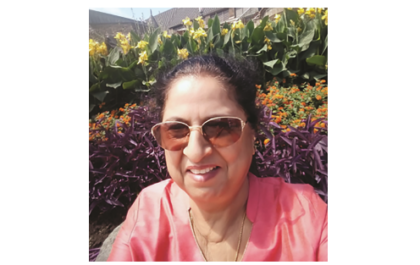Tips for checking your blood pressure at home
More than 30% of the world’s population suffers from hypertension. This has led to many keeping an electronic BP measuring device at home. Unfortunately, we make some basic mistakes in the way we measure our BP using such an instrument.
I am giving below the right procedure for measuring one’s BP at home, shared by Dr. Sameer Shrivastava, Head of Non Invasive Cardiology at Max Hospital, Saket, duly validated by the CDC (please see their post https://www.cdc.gov/bloodpressure/measure.htm), and with additional inputs from a few knowledgeable friends.
STEPS
1. Make sure that you have had no food or drink (including water) 30 minutes prior to the measurement.
2. Evacuate your bladder before sitting down for the measurement.
3. Keep the monitor at the level of your heart when you sit. Keep something solid underneath the device if the level is low (but please don’t keep cushions etc. Books are ok)
4. Sit on a chair with a stiff back so that your back is both straight and rested. A dining chair is the best for this.
5. Don’t cross your legs whilst taking the measurements. Keep both feet flat on the ground.
6. Keep the mobile away (any notification sound or ring can change your BP)
7. Tie the cuff snugly (not too tight) on your bare arm (and not over clothing) and WAIT FOR 5 MINUTES before you start measuring.
8. Take 3 back-to-back readings, with a gap of 1 to 1.5 minutes between each reading.
9. Typically Ignore the first reading and take an average of the next two.
10. Measure your BP once a day (CDC recommends taking it at the same time every day) and maintain the record.
These would give you the best possible result of measurement of your blood pressure at home.
There is an important point regarding calibration. Take your machine to the clinic periodically and compare your reading with that of a conventional instrument. See if there is a constant error which you need to factor into your reading, when you use your instrument (the digital instrument with us often over reports the systolic (higher end) BP. If there is too much variability and/or fluctuation in comparison, it may be time to buy a new instrument.
You can manage only what you measure but you must measure it right.
Happy monitoring.
Popular Stories
Football Tournament @Princeton
More Than a Festival: The Art and Power of Durga Puja
Personality of the Month- ‘Dr Usha Mediratta’
Stray Cattle Menace In Front of Galleria
The Chronicles of Malibu Towne: A Mosquito’s Tale
“Senior Living Is Not An Old Age Home” say Mr & Mrs Bose
Recent Stories from Nearby
- All Construction Activities Stopped in Sector November 26, 2024
- When Walls Crack, Does Humanity Too? November 26, 2024
- Anita Bhalwar Honored with ‘Salute to Women Power’ Award” November 26, 2024
- Post Diwali Tandav. Who Will Clean the Diwali Garbage? November 26, 2024
- Nagar Kirtan Celebrating Guru Nanak Devji’s Birthday November 26, 2024






